5 plants you should never place next to outdoor lights, and what to plant instead – 'it cost me hundreds of dollars to replace, and many painstaking hours to replant'
Let your garden glow while keeping your blooms at their best
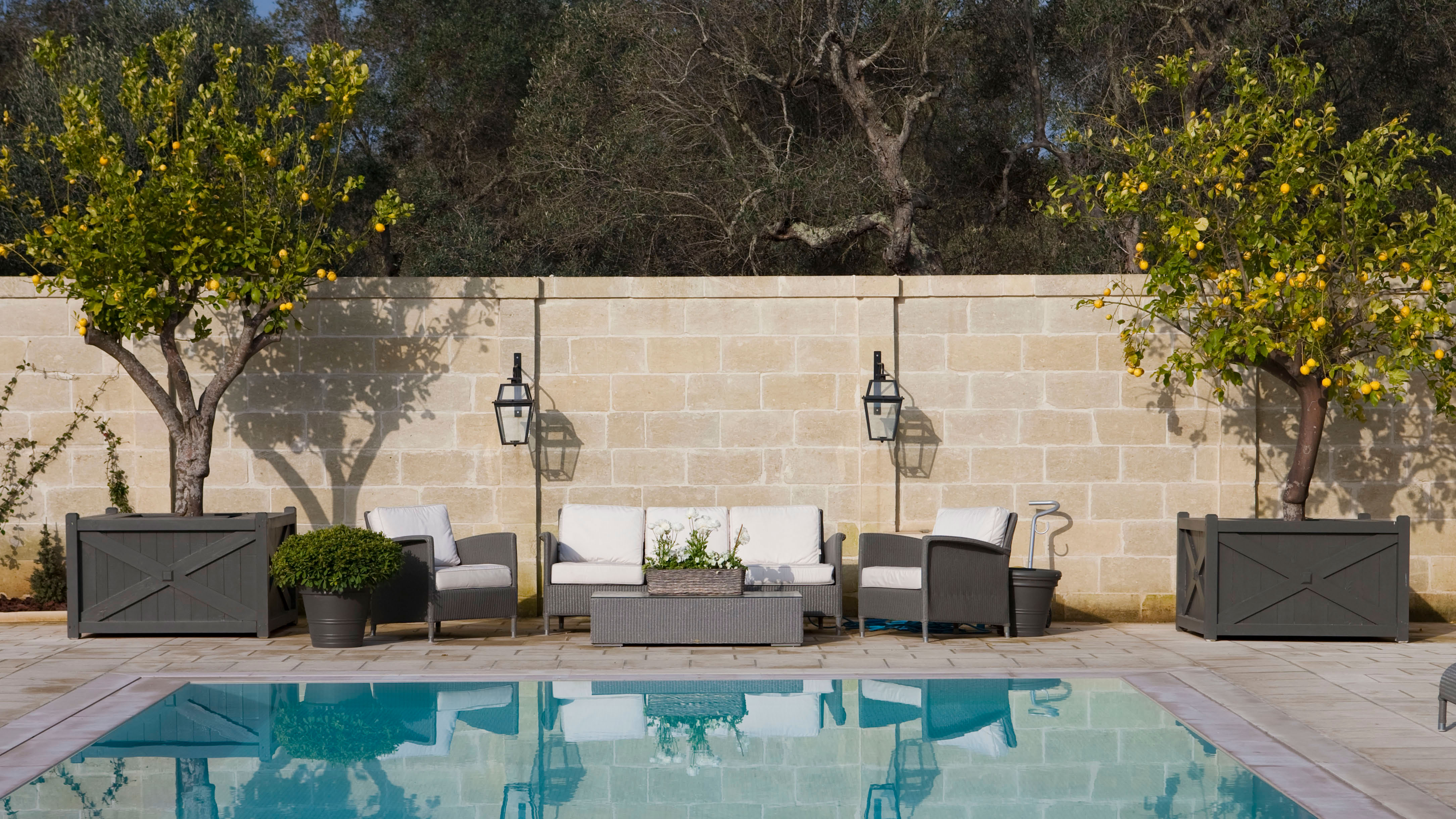

Outdoor lighting transforms a garden after dark, casting a soft glow across pathways, highlighting architectural features, and extending the enjoyment of your space well into the evening. But while we often focus on the bulbs and fixtures, we rarely consider one important detail: not every plant thrives under artificial light.
Whether it’s from too much heat, disrupted natural rhythms, or the wrong positioning, some plants can actually suffer when placed too close to backyard lighting.
Here are five plants you should never place next to outdoor lighting, along with suggestions for alternatives to ensure your garden remains well-lit, abundant in flora and fauna, and perfectly healthy.
1. Hostas
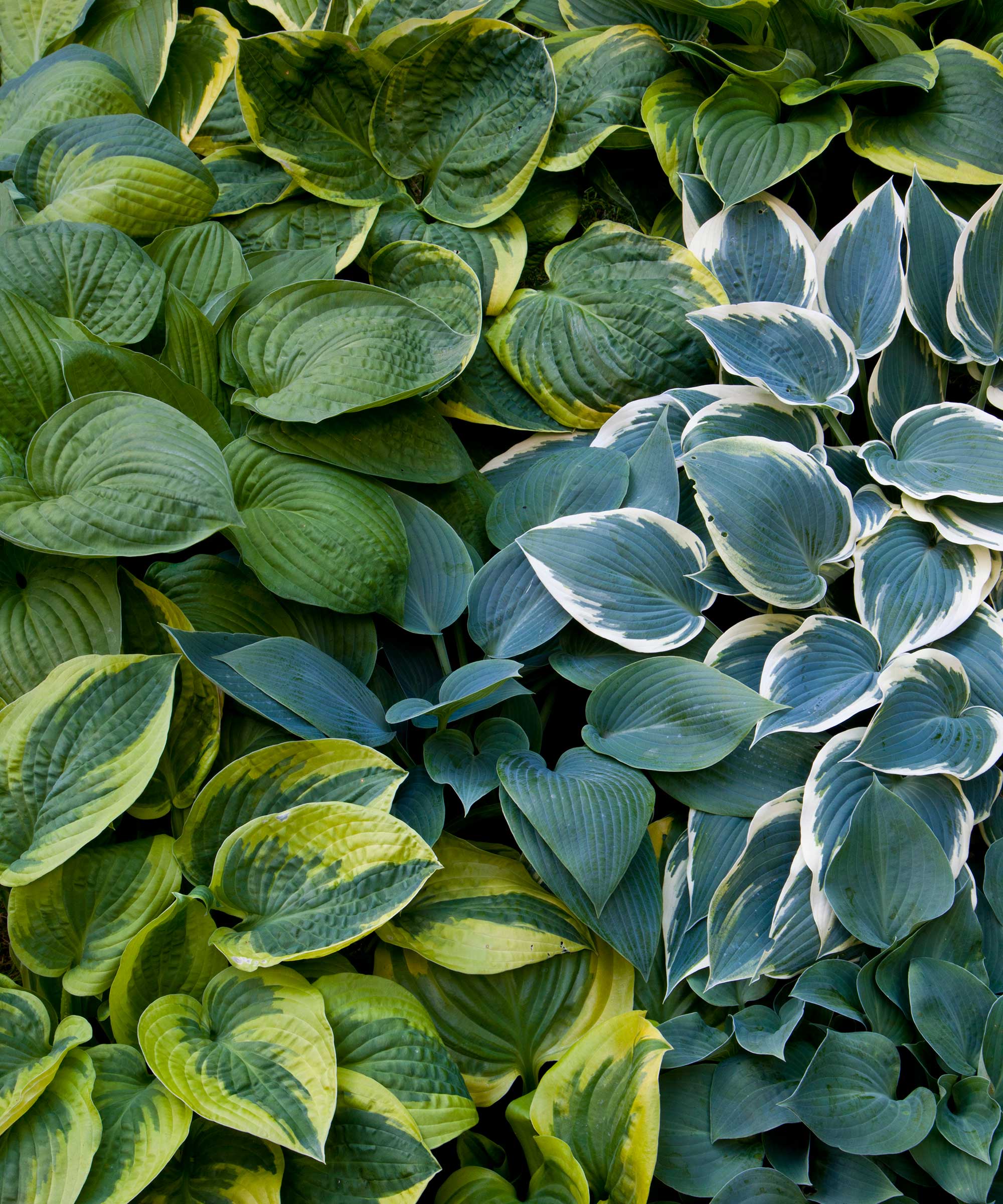
Green has always been my favorite color, so I’ve long been drawn to the lush, vibrant foliage of hostas, also known as plantain lilies. Their rich greenery and effortless charm make them an obvious choice for shaded garden borders, where they bring texture, fullness, and timeless appeal.
Thriving in cool, damp conditions, they bring texture and elegance to darker corners. But when placed near bright patio lighting and strong artificial or heat-emitting fixtures, these shade-loving plants can suffer.
Prolonged exposure to light can cause hosta leaves to scorch, fade, or wilt, diminishing their vibrant green tones. Even more concerning, warm lighting can create an inviting habitat for slugs and snails, pests known for making quick work of those tender leaves.
If you're looking for a plant with a similar structure but better lighting tolerance, consider the popular Brunnera. With broad, bold leaves that mirror the dramatic shape of hostas, Brunnera is far more accommodating of gentle, solar outdoor lighting ideas.
Design expertise in your inbox – from inspiring decorating ideas and beautiful celebrity homes to practical gardening advice and shopping round-ups.
As a bonus, it produces delicate forget-me-not-like blue flowers in spring, offering both texture and a soft splash of color, making it a smart and stylish alternative for illuminated beds or pathways. It is one of the best teal plants for adding color to a yard.
2. Gardenia
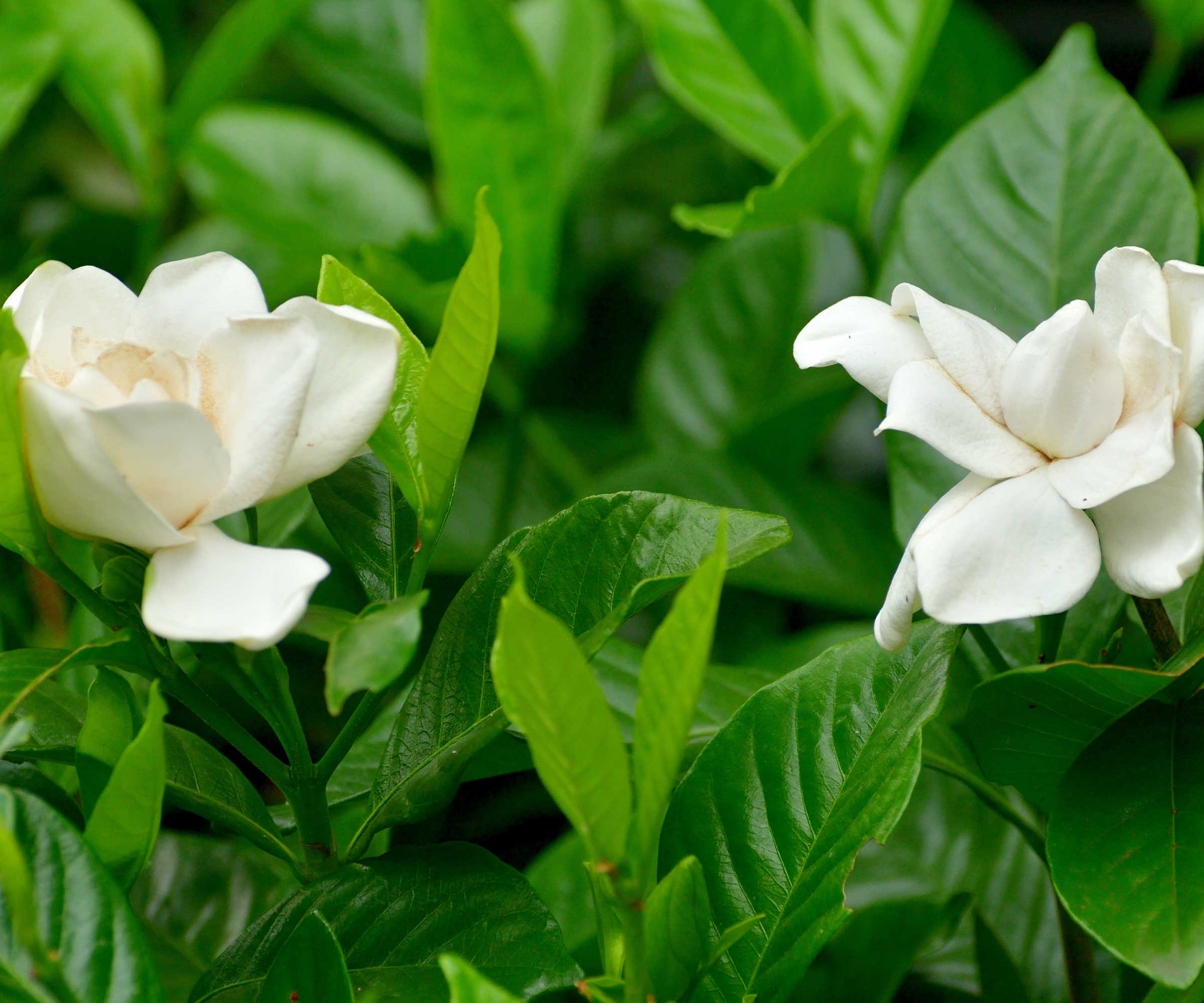
There’s no denying the allure of growing gardenias – their lush, velvety petals and intoxicating fragrance have long made them a favorite in formal garden schemes. But behind their beauty lies a rather fussy nature. These flowering plants are notoriously sensitive, requiring the perfect balance of sun, shade, moisture, and temperature to thrive.
Gardenias need warm, humid days and cooler nights to bloom successfully. Placing them near solar or even low-heat LED outdoor lights can disrupt this delicate cycle. The added warmth and interrupted darkness may prevent them from setting buds altogether, leaving you with glossy leaves but no signature blooms.
If you adore the look of gardenias but want a more forgiving plant near illuminated areas, consider growing Camellias. Available in a wide range of hues, including crisp, creamy whites, they offer similarly showy blooms with greater tolerance for ambient lighting. While they still enjoy a stable environment, camellias are less likely to be harmed by nearby garden lighting, making them a beautiful and practical choice for well-lit borders or patio containers.
3. Lily of the valley
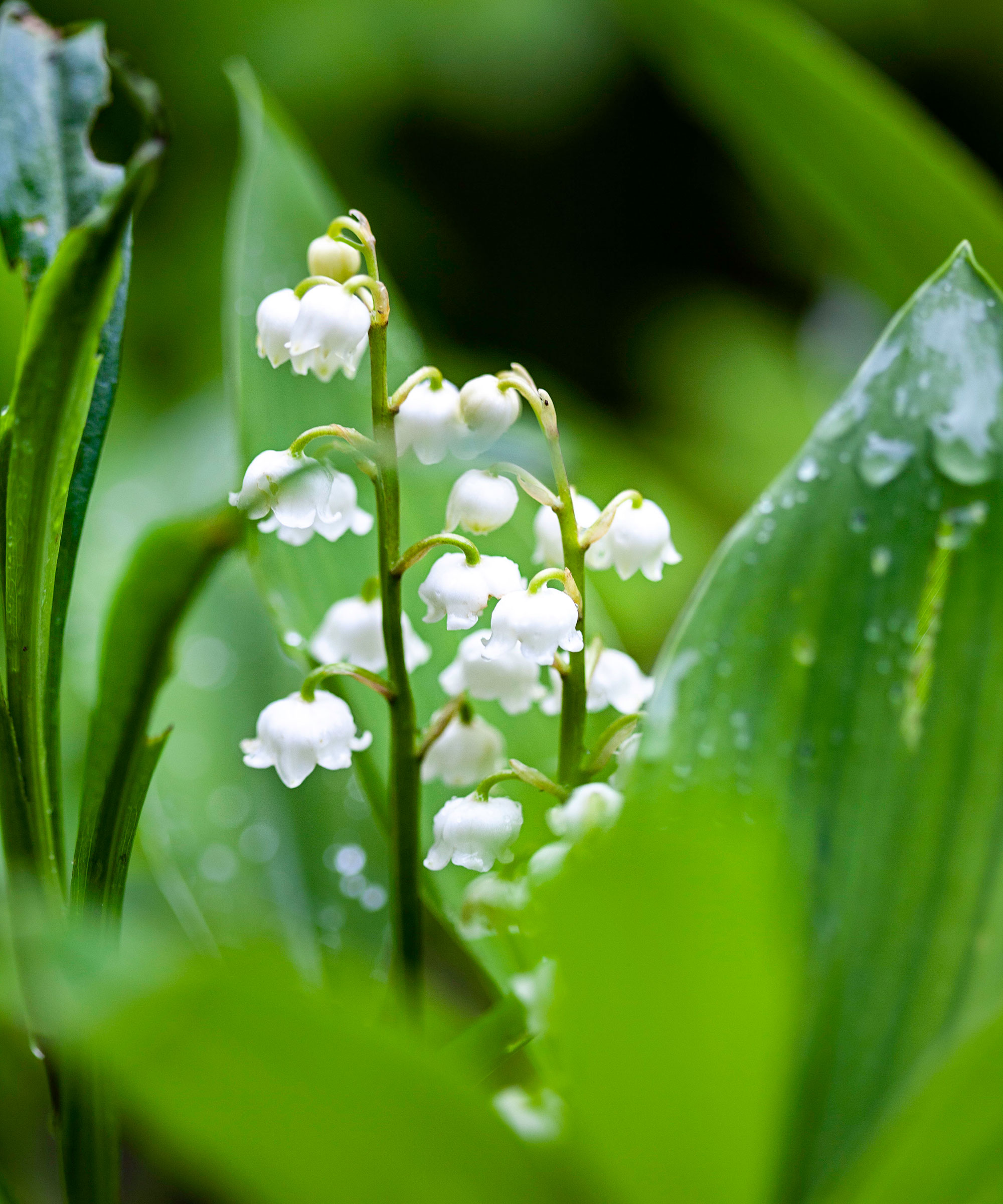
Delicate, fragrant, and steeped in royal charm, lily of the valley was a favorite plant of the late Queen Elizabeth II. With its nodding white bells and woodland elegance, it evokes a timeless romanticism in shaded gardens. But despite its graceful appearance, this plant is more temperamental than it seems.
Growing lily of the valley relies on natural light cycles and prefers partial to full shade. Exposure to artificial lighting, especially at night, can interfere with its blooming rhythm, leading to premature flowering, weakened stems, and fewer blossoms overall.
For a more resilient alternative, grow heuchera, also known as coral bells, instead. These hardy perennials offer striking foliage in a spectrum of colors, from deep burgundy to chartreuse, and are far more tolerant of ambient lighting, particularly from soft solar fixtures.
While they don’t share lily of the valley’s signature scent, coral bells do produce slender flower spikes that gently echo the same graceful silhouette – bringing color, structure, and subtle movement to your evening garden.
4. Bleeding hearts
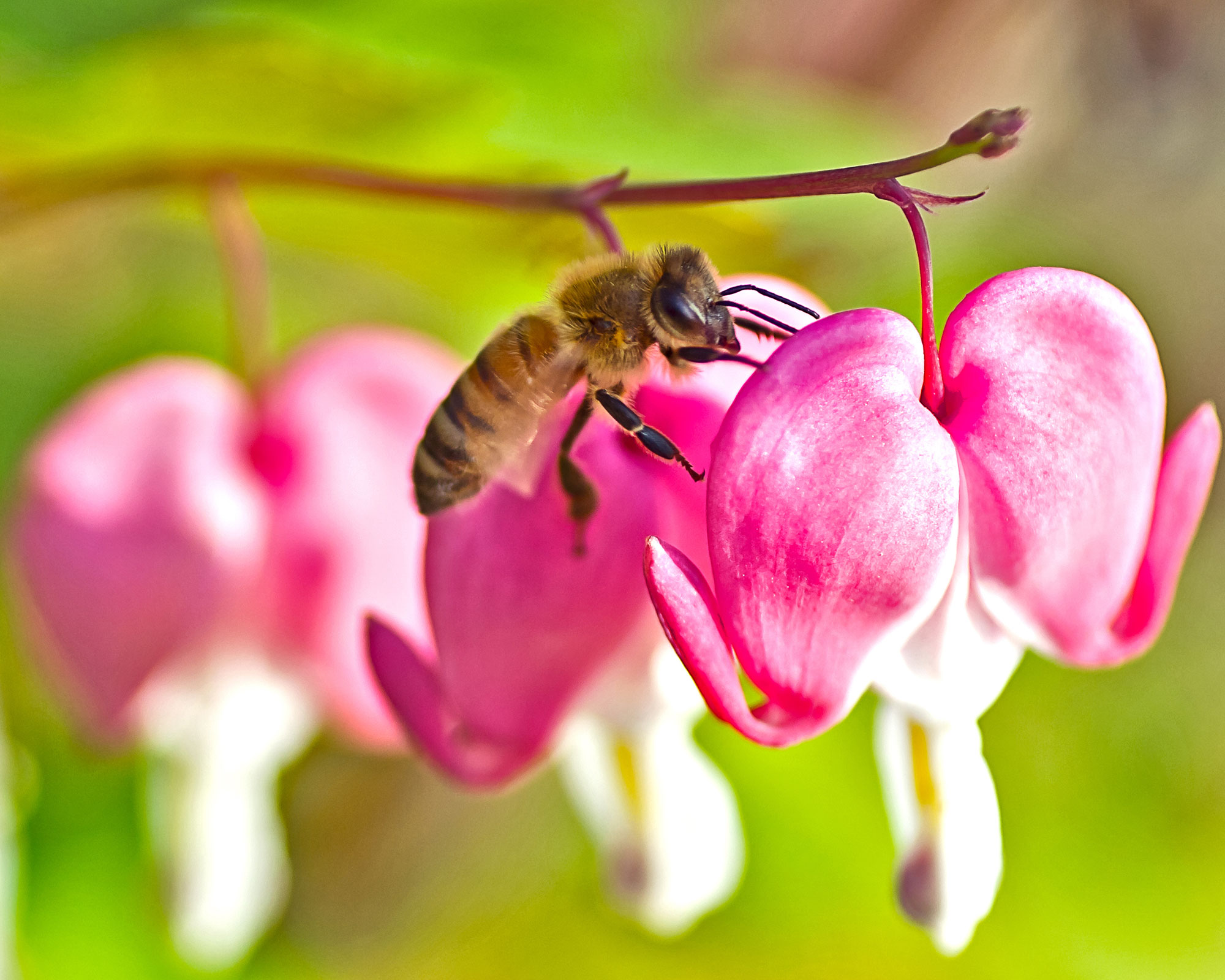
I’ve always adored growing bleeding hearts – they were one of my favorite flowers as a young child. So naturally, when I had the chance to plant them in my very own garden, I didn’t hesitate. But I made the mistake of placing them too close to my garden lights, and before long, I noticed their health starting to decline.
With their delicate, heart-shaped blooms and graceful arching stems, bleeding hearts are among the most romantic flowers you can grow. Flourishing in shady corners, they bring a soft, storybook charm to any garden. But these beauties are deeply attuned to nature’s rhythms, relying on the changing light of day and night to guide their growth and dormancy.
When exposed to artificial lighting, bleeding hearts can become confused. The disruption to their natural light cycles can lead to irregular blooming, unpredictable dieback, or total decline, as mine did.
For a similarly soft, gentle look that’s more accommodating of evening lighting, consider growing astilbes. Also known as false goat’s beard, these feathery, plume-like blooms bring beautiful texture and color to shaded areas. Unlike bleeding hearts, astilbes are tolerant of low-level outdoor lighting, making them ideal companions for softly lit garden paths or flower beds with solar or ambient glow.
5. Evening primrose
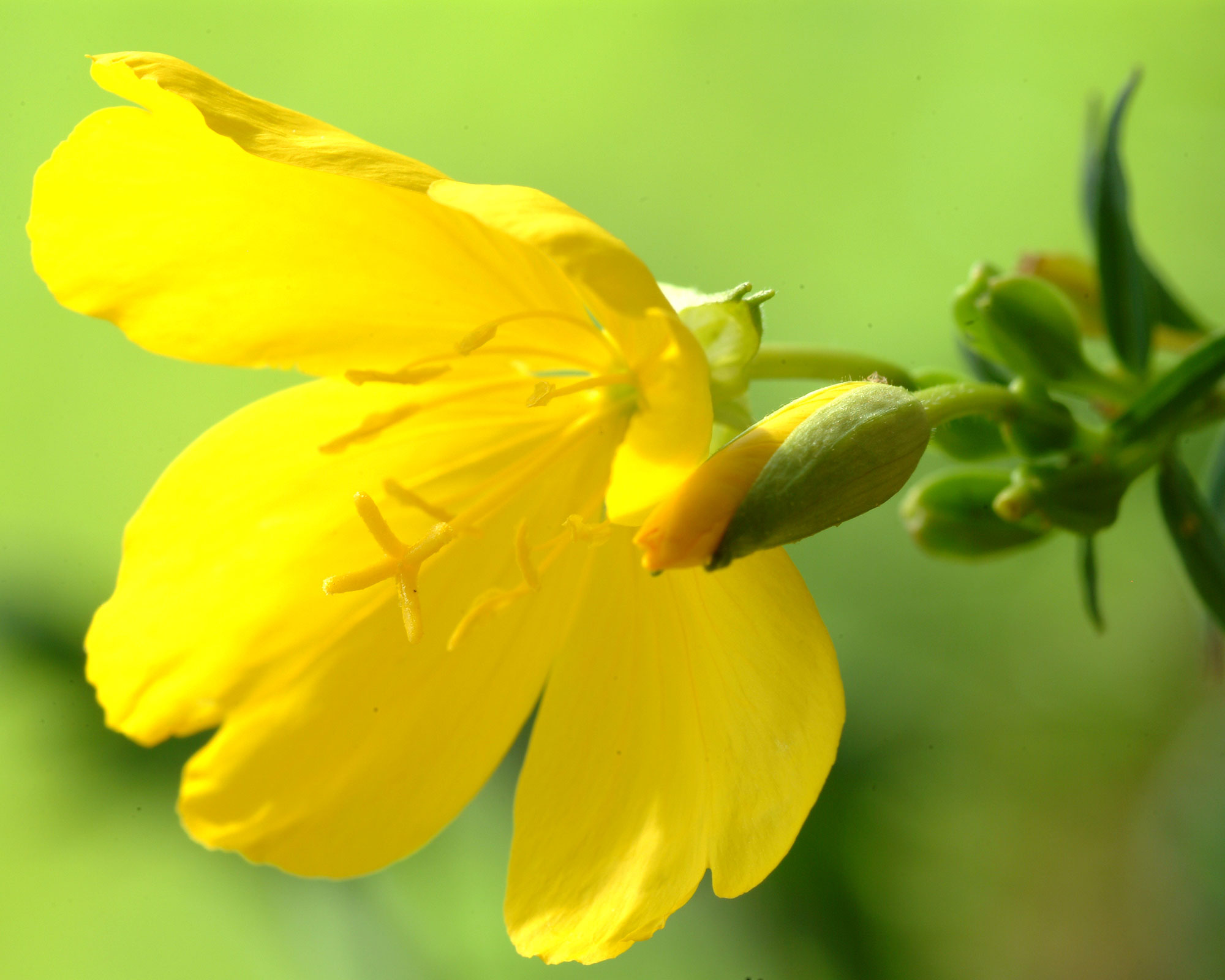
As its name suggests, evening primrose is a plant that blooms at night, unfurling its delicate blooms in the soft twilight. This charming night-scented plant thrives in low-light conditions and relies on the natural transition from day to night to signal when to bloom.
However, placing evening primrose near outdoor lighting, particularly bright or warm fixtures, can disrupt its natural rhythm. The artificial glow can confuse the plant’s internal clock, preventing it from flowering properly. Added heat and light can also cause blooms to fade prematurely, cutting short their magical evening display.
For a vibrant, low-maintenance alternative, consider growing lavender. With its silvery foliage, fragrant purple spikes, and impressive tolerance for light, lavender flourishes in sunny spots and is unbothered by ambient garden lighting. Whether lining a walkway or tucked into containers, it adds color, scent, and structure to your space – day or night.
Shop outdoor lighting
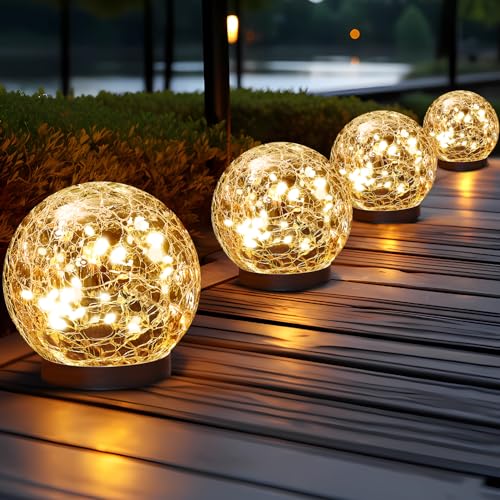
Add effortless charm to your garden with these solar yard lights. Featuring a smart switch with automatic day-to-night sensing, they charge in the sun and glow warmly after dusk. Built for lasting performance, each light undergoes rigorous quality checks and includes a one-year guarantee.
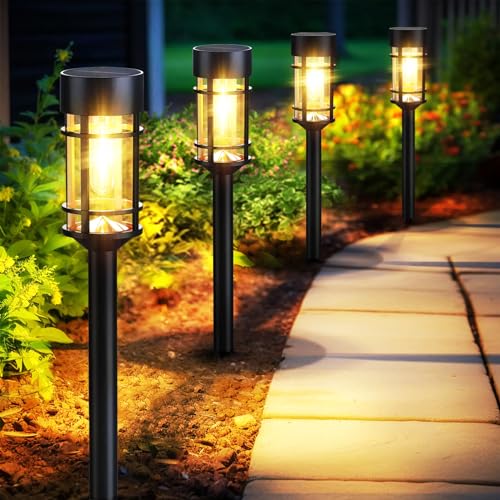
Enhance your garden with warm, plant-friendly light using these premium solar pathway lights. Emitting a soft 3000K glow, they brighten your outdoor space without harsh glare or disrupting sensitive plant growth. Featuring dusk-to-dawn auto on/off functionality and high-efficiency solar panels, they deliver long-lasting illumination with zero energy cost.
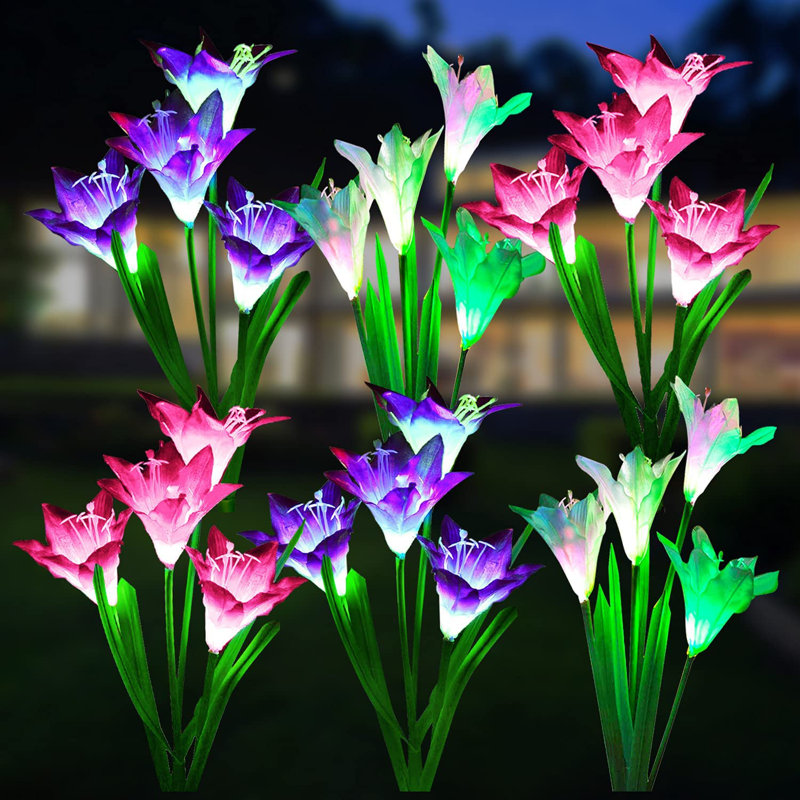
Brighten your garden with enchanting colors while protecting your plants with these upgraded solar flower lights. Featuring larger solar panels and high-capacity batteries, they provide up to 10 hours of vibrant, 7-color illumination. The specially treated petals offer superior light transmission without harsh glare, making them both stunning and gentle on surrounding greenery.
A beautifully lit garden is all about balance. By thoughtfully pairing plants and lights, you’ll ensure your space remains as inviting at night as it is during the day. And with the right greenery, your garden won't just glow, it will thrive.

Jennifer is the Digital Editor at Homes & Gardens, bringing years of interiors experience across the US and UK. She has worked with leading publications, blending expertise in PR, marketing, social media, commercial strategy, and e-commerce. Jennifer has covered every corner of the home – curating projects from top interior designers, sourcing celebrity properties, reviewing appliances, and delivering timely news. Now, she channels her digital skills into shaping the world’s leading interiors website.
You must confirm your public display name before commenting
Please logout and then login again, you will then be prompted to enter your display name.